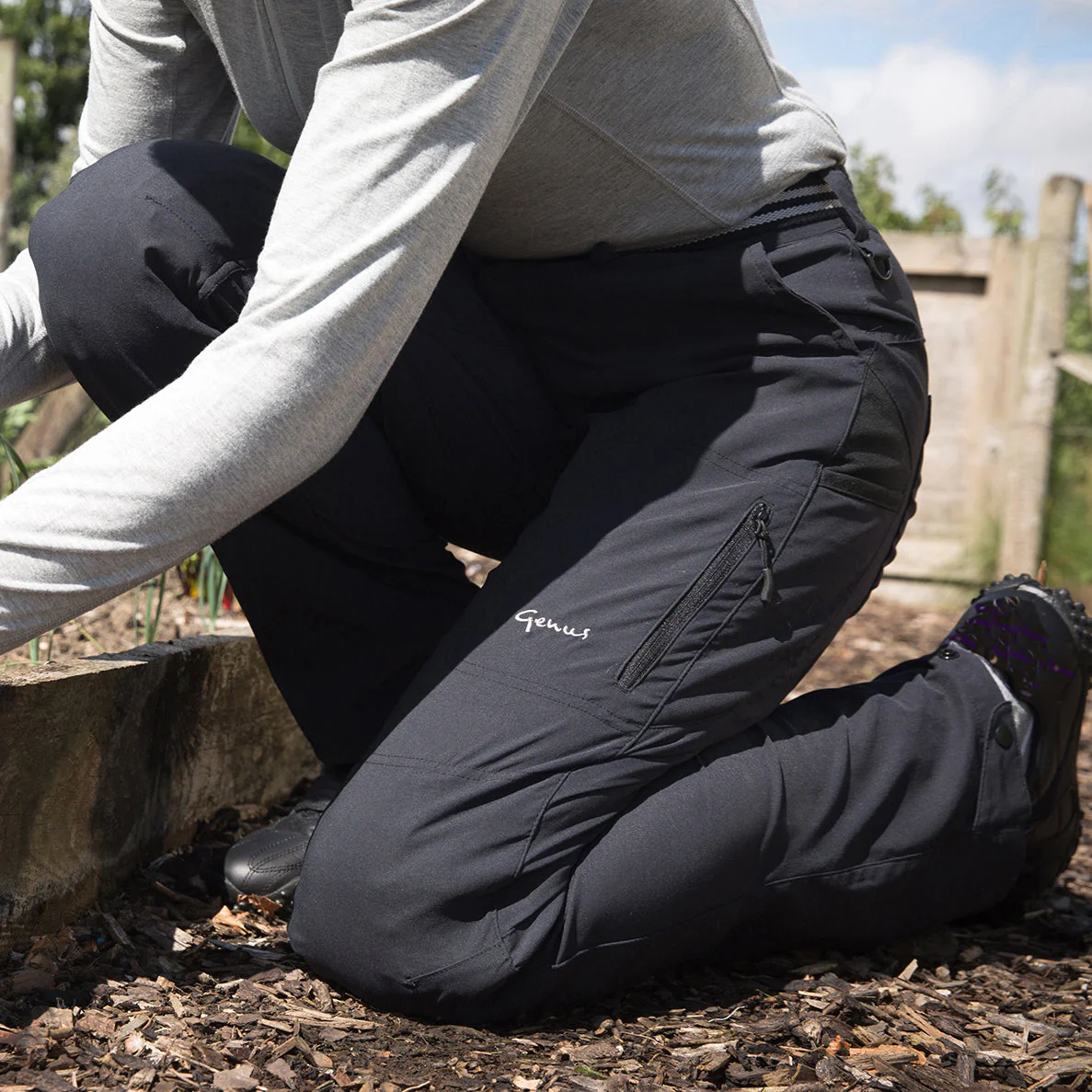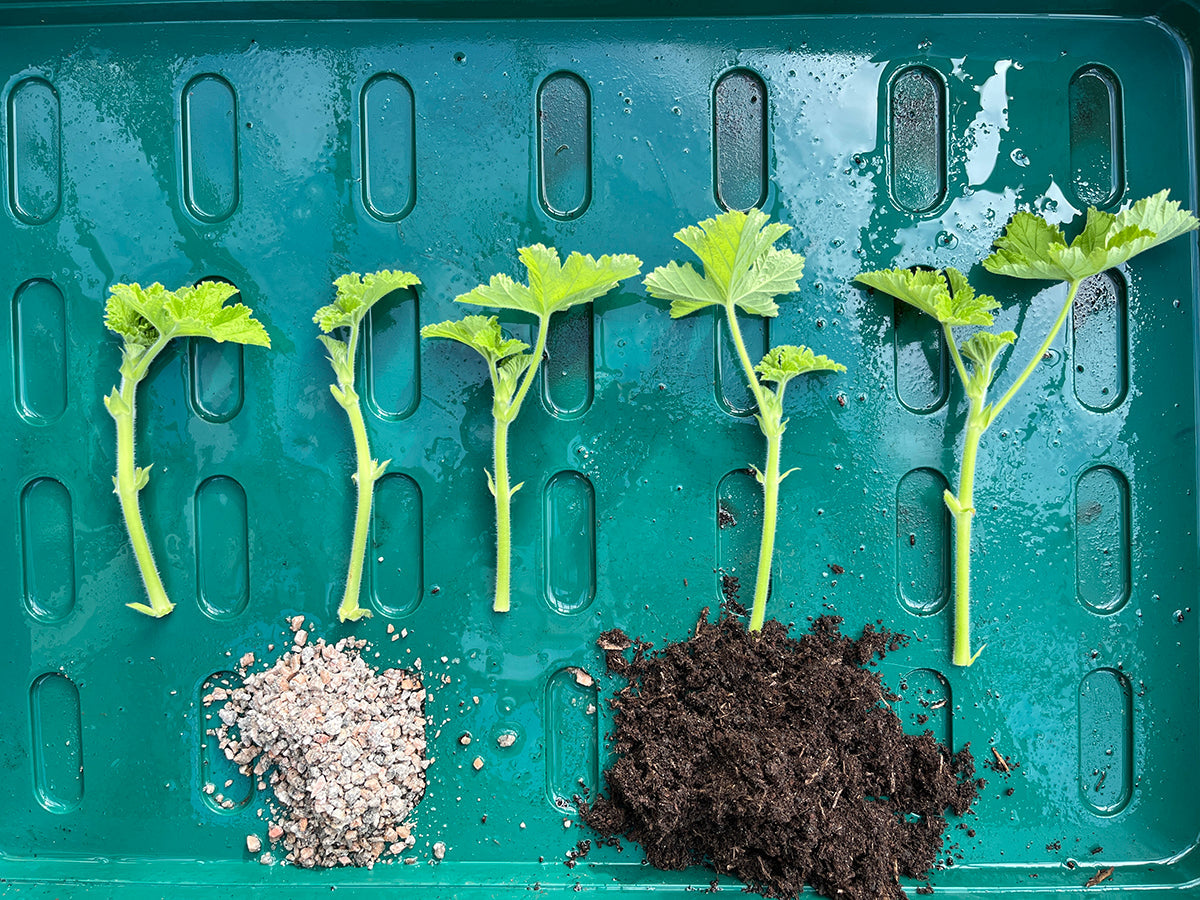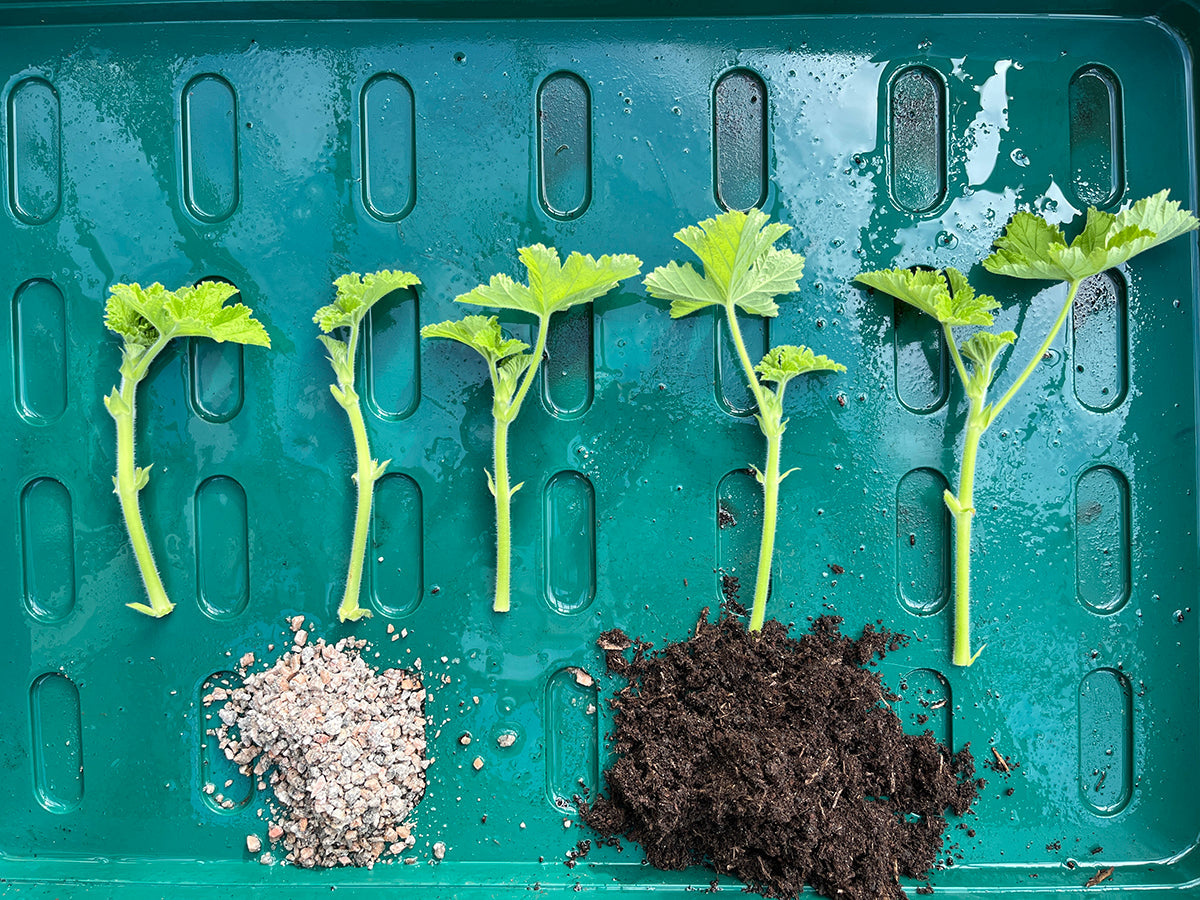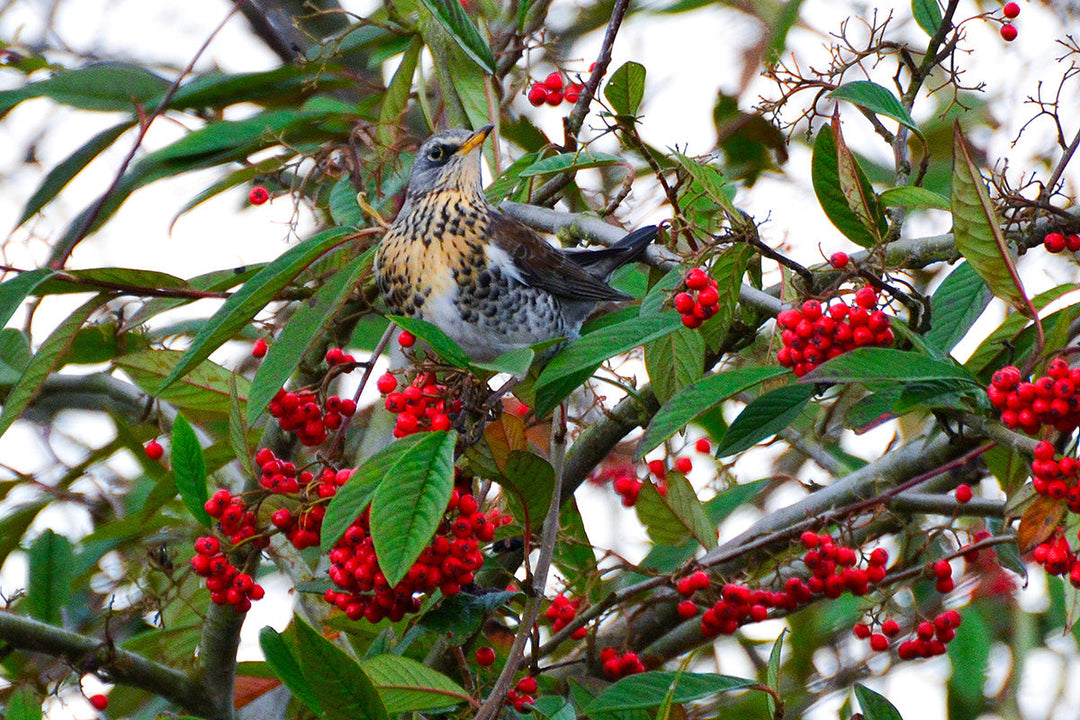Eranthophile Galanthophile

Walk into the Genus garden at the moment and spots of gold will catch your eye in the subtle shade of our hazel and sycamore copse. Beautiful Eranthus hymalis have seemingly appeared overnight, their bowl shaped blooms tightly clenched until invited out by the warmth of the afternoon sun as it breaks over the roof of the cottage.
These winter aconites self seed themselves around gently and over a number of years can create a blanket of yellow that acts as a perfect foil for their similarly diminutive neighbours, the snowdrops. A fine example of this member of the buttercup family can be seen at Barnsley House, the well documented former home of author and legendary gardener Rosemary Verey. Located in the neighbouring village to Genus HQ, a river of these 24 carat flowers can be seen flowing beneath the imposing limes that flank the driveway. Easily spotted from the road they give a colourful first impression to visiting gardeners.
Offering a good example of their potential to spread over four or five decades, these natives of Italy, France and the Balkans with their preference to calcareous woodlands, are ideal for the limestone soils of the Cotswolds.
Double forms, cream colours, and green splashed ‘viridiflora’ varieties are available, offering plenty of options for plantaholics looking for something different to the norm. We think they would make an ideal additional collection for snowdrop-loving Galanthophiles who are familiar with gardening at ankle height and love subtleties of colour and form.











